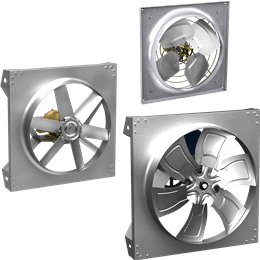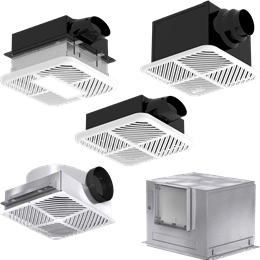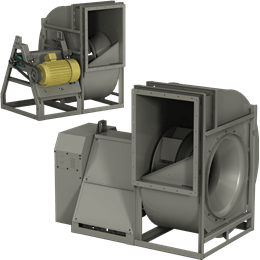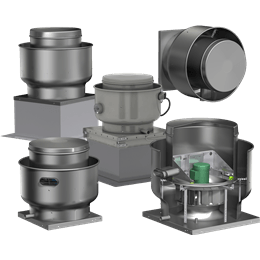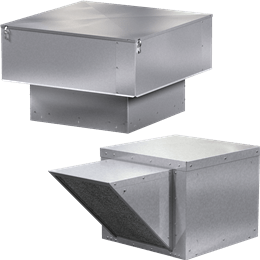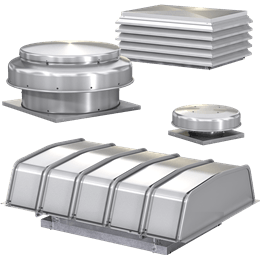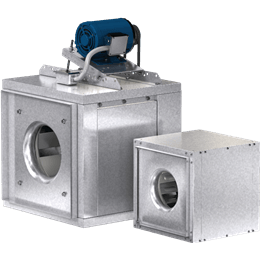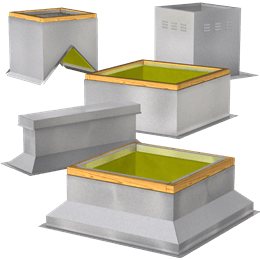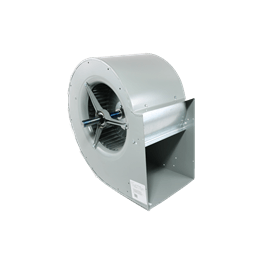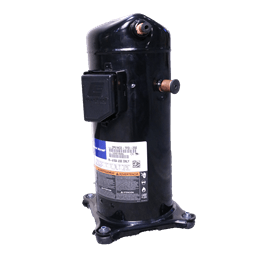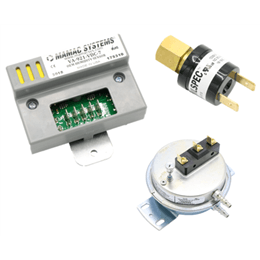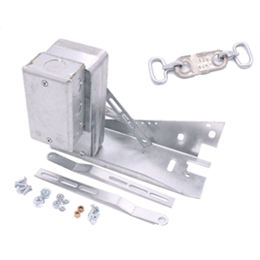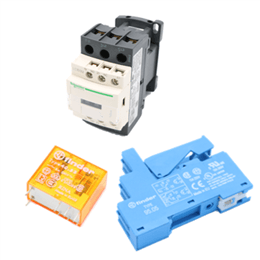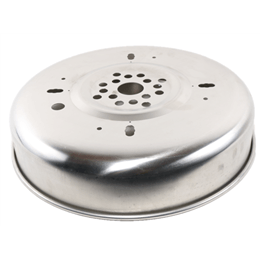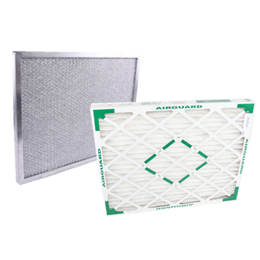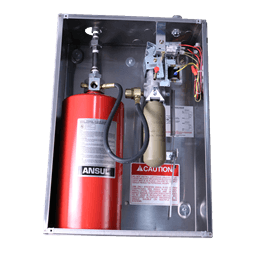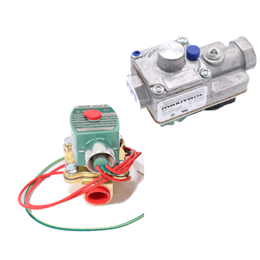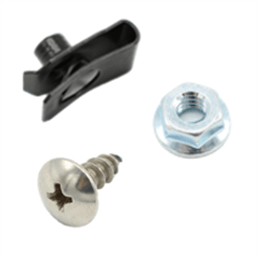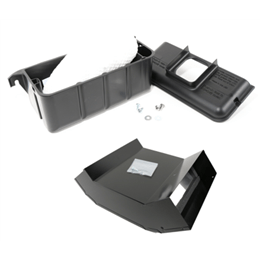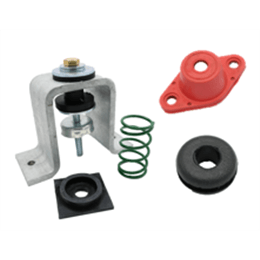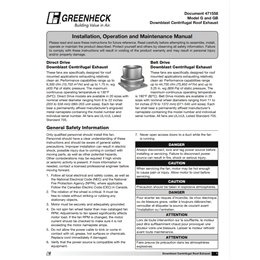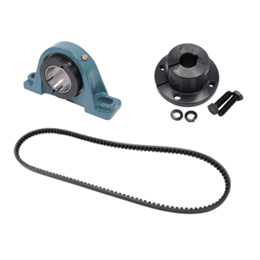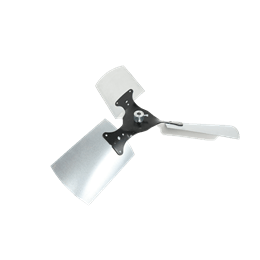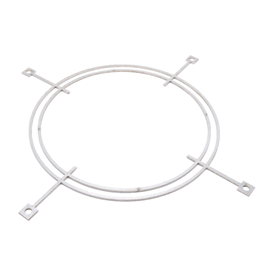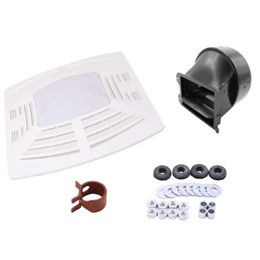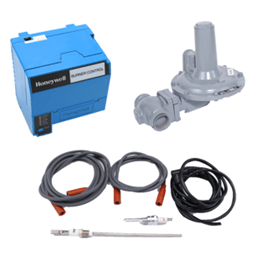Glossary
A list of industry terms and definitions to help you brush up on your HVAC lingo!A
Air Velocity (FPM) At 20 ft
Speed of the air being moved by the air circulator at a distance of 2 feet from the fan.
Air Velocity (FPM) At 40 ft
Speed of the air being moved by the air circulator at a distance of 4 feet from the fan.
Air Velocity (FPM) At 60 ft
Speed of the air being moved by the air circulator at a distance of 6 feet from the fan.
Ambient Temp (max)
Temperature range that the damper actuators can withstand and still be fully operation.
Ambient Temp (min)
Temperature range that the damper actuators can withstand and still be fully operation.
Application
Applications/uses for a particular fan or ventilator.
B
Base Height
Height of the curb cap on power roof ventilators.
Base Top To Shroud
Distance between the top of the curb cap to where the shroud begins on downblast power roof ventilators.
Base Top to Shroud Top
Dimension from the top of the base to the top of the shroud on a downblast exhaust ventilator.
Base/Panel Length X Width
Square base dimension on power roof ventilators. Square fan panel dimension on sidewall propeller fans.
Bearing Size
Bore size on the bearings utilized on a ventilator.
Bearing Type
Style of bearings that are utilized on a ventilator or a motor.
Blade Gauge
Material thickness of the blades on a particular damper.
Blade Material
Construction material of the blades on a product.
Bore Diameter
Bore diameter on the circulator replacement propellers.
C
Construction Material
Type of material a particular product is constructed out of.
Curb Cap Size
Square base dimension on power roof ventilators.Tells you what size roof curb is needed.
D
Damper Diameter
The "ACTUAL" damper diameter. Dampers are undersized to allow them to be mounted into the duct work/wall opening.
Damper Width x Damper Height
The "ACTUAL" damper width and height. Dampers are undersized to allow them to be mounted into the duct work/wall opening.
Depth
Maximum depth of a product.
Drive Package Description
Describes whether the drive package on a particular ventilator is assembled, shipped loose, or must be provided by the customer.
Drive Type
Transmission type of the ventilator (belt drive or direct drive).
F
Flashing Flange
Portion of the curb that mounts to the roof deck.
For Use With
Describes the fans or ventilators a particular accessory can be used with.
Frame Gauge
Material thickness of the frame on a particular damper.
Frame Material
Construction material of the frame of a given product.
Free Area
The entire area of the opening that is used for air passage. Measured in square feet.
H
Height
The height of a given product.
Hertz
Measure of the frequency or cycles per second.
Housing Material
Type of material the housing of a ventilator is constructed of.
HP
The power required to drive an air moving device. Horsepower required varies with system conditions.
I
Impeller Diameter
Dimension of the impeller (propeller or wheel) in inches.
Impeller Material
Type of material the impeller of a fan or ventilator is constructed of.
Impeller Type
Style of impeller that is utilized on a product (i.e. Centrifugal or Axial).
Includes
Describes items that a particular product includes such as mounting hardware, etc.
Inlet Diameter
The diameter of the opening of a fan where air is drawn in.
Inlet Width x Height
Describes the size (width x height) of the opening where air is drawn into a ventilator.
Insulation
Thickness of the insulation utilized on access doors.
L
Length
Describes the length of a given product.
M
Max Velocity
The recommended maximum speed at which air should pass through an HVAC opening.
Max. Operating Amps
The maximum amperage that a given fan or ventilator will draw while in operation.
Motor Enclosure
The housing or frame of the motor.
Motor Insulation
The class of motor insulation for a given motor. The temperature capabilities of each insulation class is defined as being the maximum temperature at which the insulation can be operated to yield an average life of 2, hours (A = 15?C, B = 135?C, F =
Motor Phase
Indicates the space relationships of windings and changing values of the recurring cycles of AC voltages and currents. The most common power supplies are either single- or three-phase.
Motor Type
Describes the type of motor (i.e. Capacitor-Start, Split Phase, etc.)
Mounting Position
Refers to the orientation in which a product can be mounted.
N
NEMA Frame Size
Refers to a set of physical dimensions of motors as established by NEMA (National Electrical Manufacturers Association). These dimensions include critical mounting dimensions.
O
Outlet Diameter
This dimension describes the discharge diameter of a given product.
Outlet Width x Height
This dimension refers to the size of the discharge (where air leaves the ventilator) on a particular unit.
Overall Diameter
Describes the diameter at the widest point for a given product.
P
Pressure Differential Max
Describes the maximum static pressure that a given damper can withstand and still be fully operational in an HVAC system.
R
Required Accessory
Describes what accessory(s) must be purchased in addition to make the product fully functional.
Roof Opening Width x Roof Opening Length
Describes the size (width x lenght) of the roof opening that is required in order to properly install a given fan or ventilator.
RPM
The number of times per minute the shaft of the motor (machine) rotates. This is a function of design and the power supply.
S
Service Factor
A safety factor to be used when the load temporarily exceeds the nominal horse power rating of a given motor. When used on a motor nameplate, a number which indicates how much above the nameplate rating a motor can be loaded without causing serious degrad
Shaft Diameter
Describes the diameter of the shaft on a given fan, ventilator or motor.
Speed Controllable
Describes whether a fan or ventilator can be used with a solid state speed control. (NOTE: A speed control cannot be used with any belt-drive fan or ventilator.)
T
Thermal Protection
This is a feature which protects the motor from overheating and thus prolongs service life of the machine. In the event that the motor approaches overheating the thermal protection cuts power and only returns it after a cooling period.
V
Voltage
The force that causes a current to flow in an electrical circuit. The voltage of a motor is usually determined by the supply to which it is attached. NEMA requires that motor be able to carry its rated horsepower at nameplate voltage plus or minus 1% al
W
Width
Describes the width of a given product.

